Digitization to enhance the implementation of agroforestry systems at the landscape level as a contribution to increased climate resilience of southern Saxony-Anhalt and the decarbonization of its chemical industry.
Global climate change and the associated increase in extreme weather events, combined with the structural transformation in the former Central German mining region, present substantial challenges for the regional economy and society. Against this backdrop, the project DiP-SMART Agroforst seeks to unlock and leverage the ecological and economic potential of field trees in the landscape of southern Saxony-Anhalt. We define agroforestry systems as the synergetic cultivation of field trees and agricultural crops on the same area or in close proximity (e.g., along field margins). They offer substantial ecological benefits (e.g. protection against extreme weather conditions), while enabling economic diversification for farms. Thus, landowners and managers (farmers, forest rangers, municipalities, landlords) are empowered to manage land in a more resilient way, both ecologically and economically. Moreover, agroforestry allows to establish a vital foundation for a regional bioeconomy and supports the transformation to a sustainable industry e.g. of the central German chemical industry.
The project focuses on the visualization, analysis and development of value chains built upon agroforestry raw materials. These value chains are based on value adding processes of all stakeholders in the agroforest economy – from landowners and farmers to service providers for cultivation, harvesting and logistics of agroforestry systems up to bioeconomy firms and political decision-makers. Another central objective is the development of digital instruments (e.g. decision support systems, measurement technology, remote sensing) for the description and modeling of individual decision processes in the agroforestry value chains. The project thus addresses key challenges associated with the structural transformation of southern Saxony-Anhalt.
Project structure and working packages
DiP-SMART Agroforst is divided into three complementary project areas and consists of interlinked working packages (see figure below). The key component is the development of the “SMART Agroforst” decision support and information system. In individual working packages, the DiP SMART-Agroforst project aims to cooperate closely with the other DiP projects DiP-FaiReSyst (Junior research groups) and DiP-iQ-Hanf.
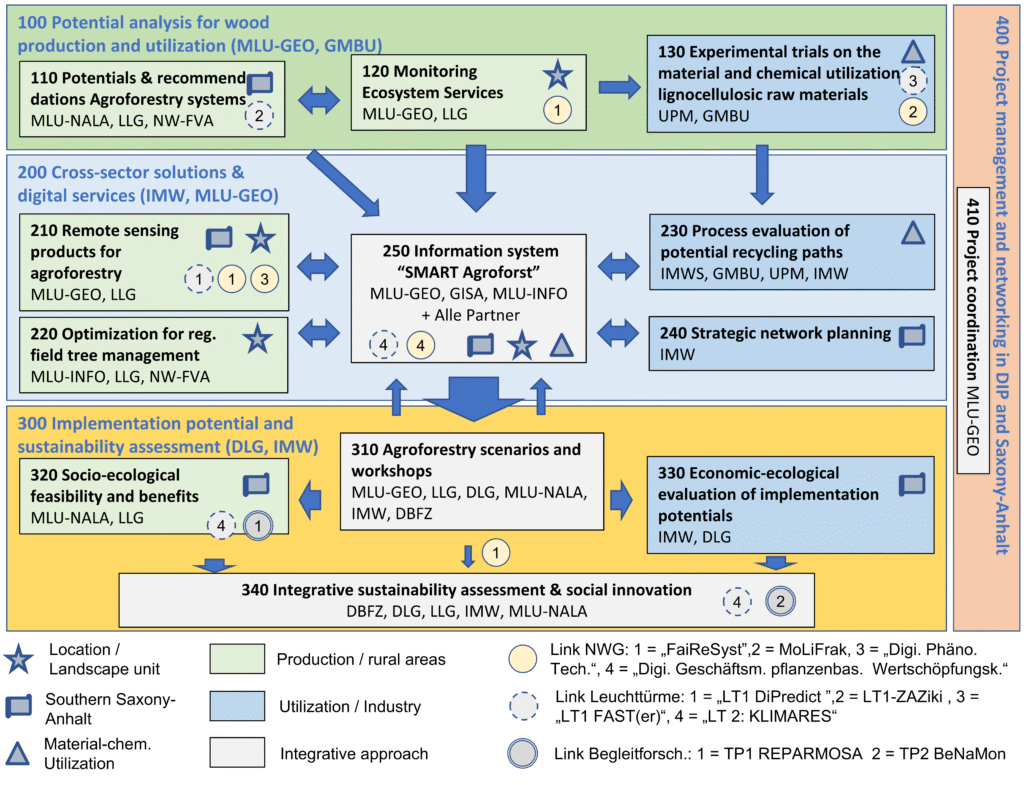
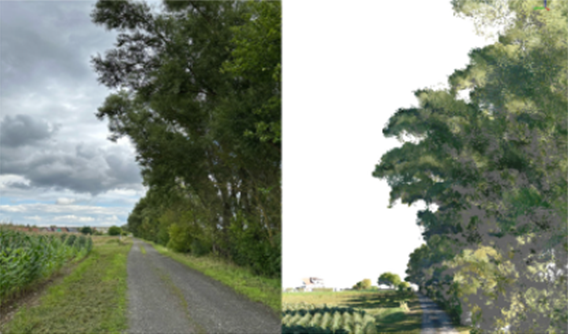
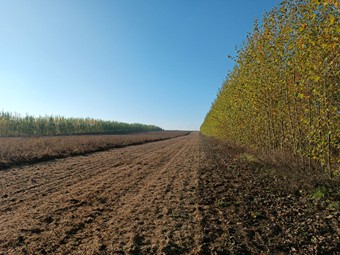
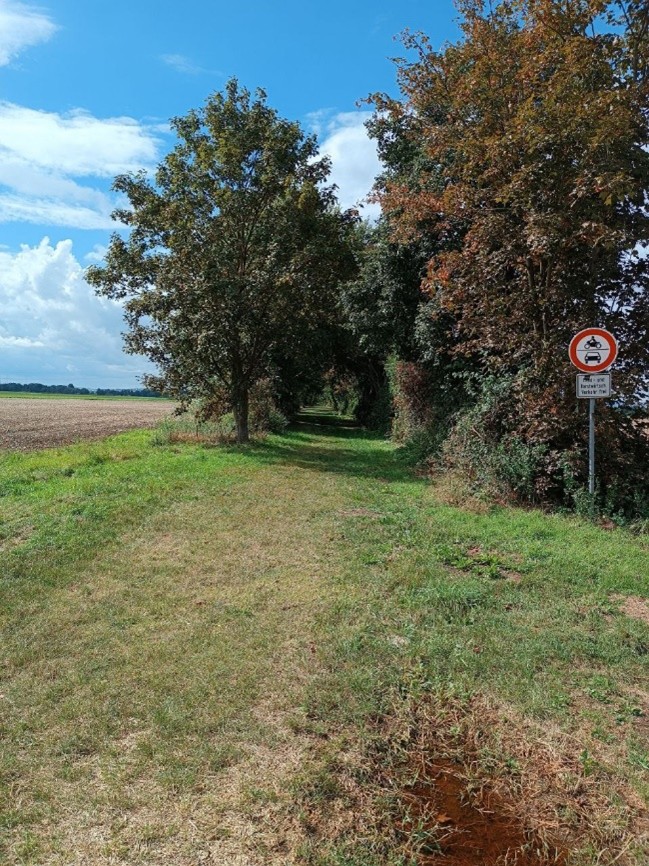
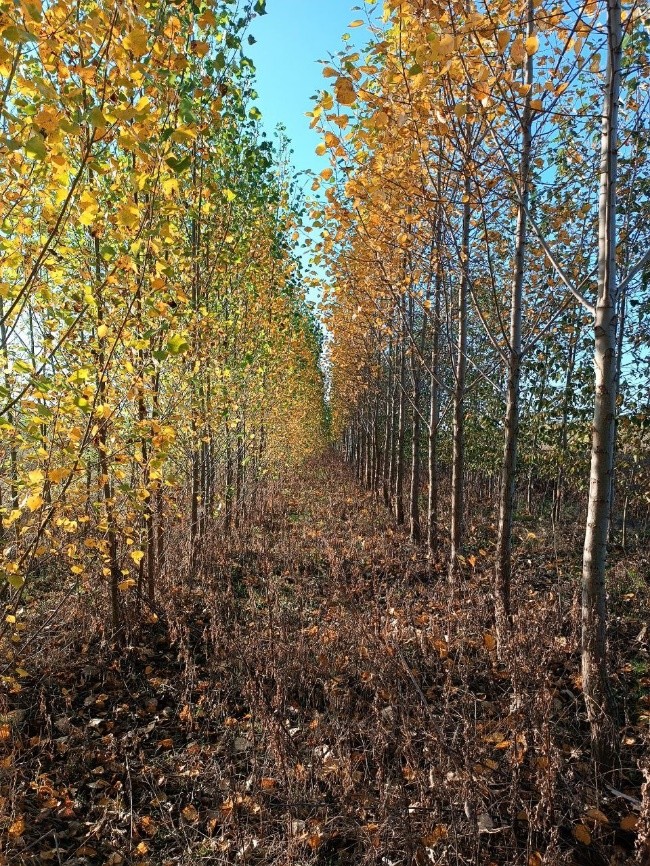
The project DiP-SMART Agroforst is characterized by the close cooperation of institutions of the Martin Luther University Halle-Wittenberg (MLU), research institutions and independent institutions and companies, municipalities, farmers and foresters as well as processing and recycling companies. Sustainable implementation through innovative approaches is only possible through closely interlinked cooperation in the entire value creation network of bio-based raw materials from woody plants. A total of eleven institutions are active in the project. These are listed below with the respective contacts:
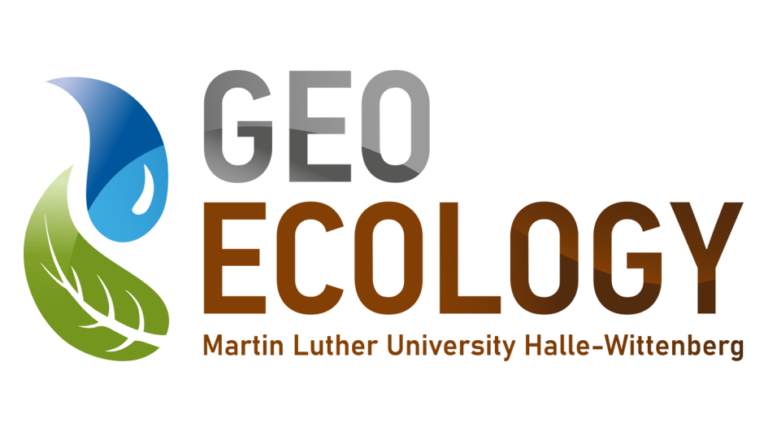
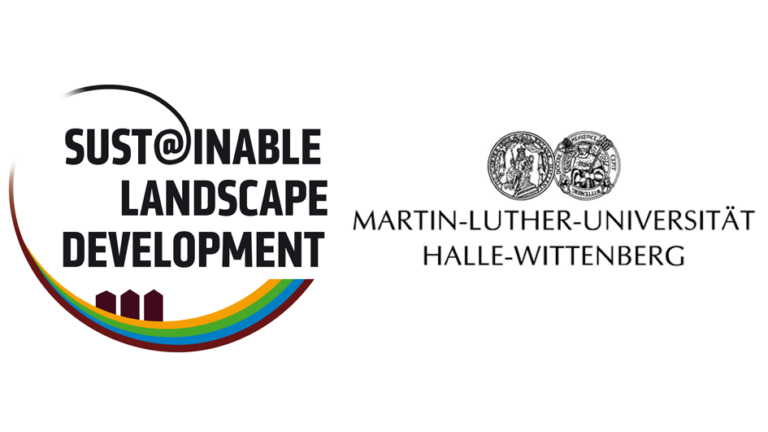
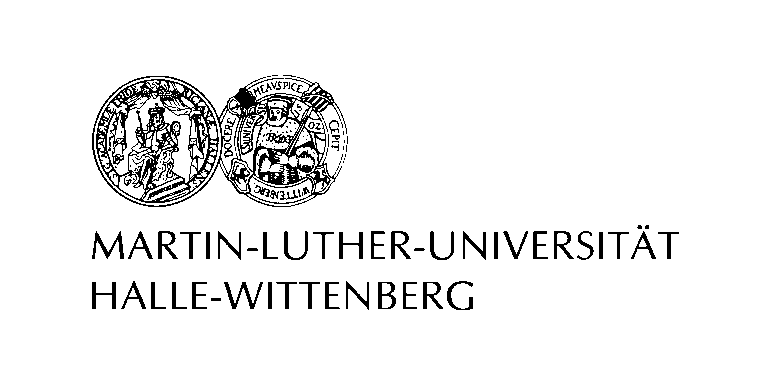

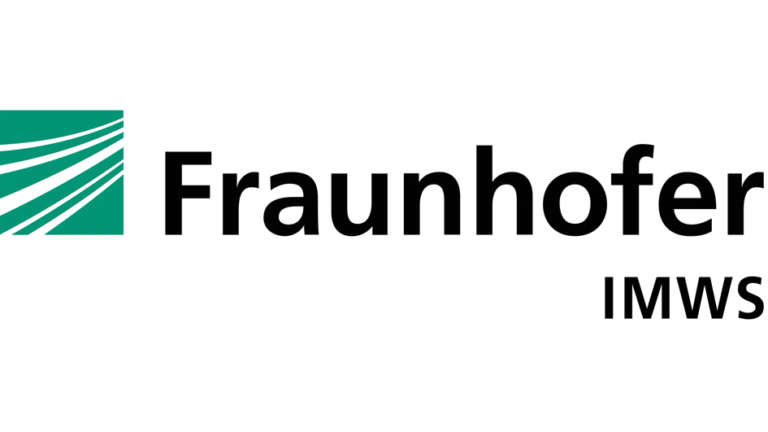
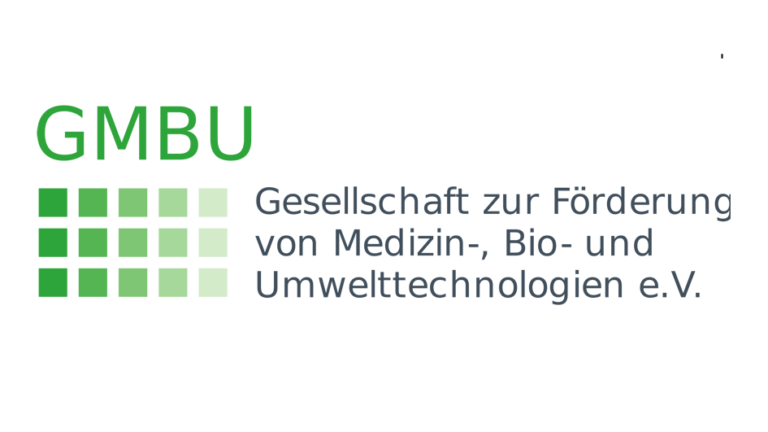



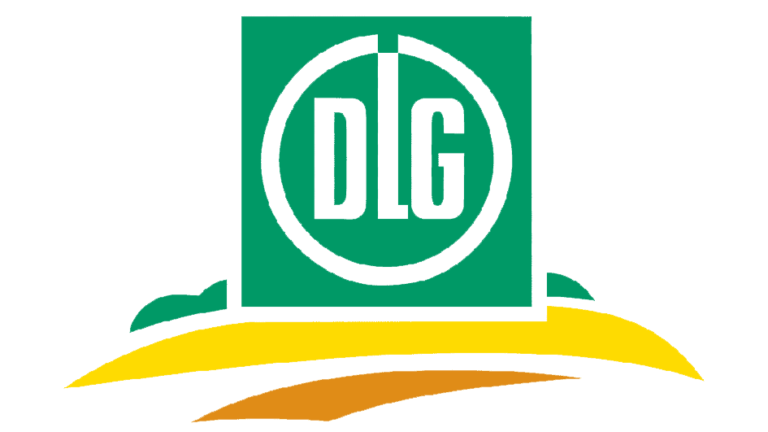
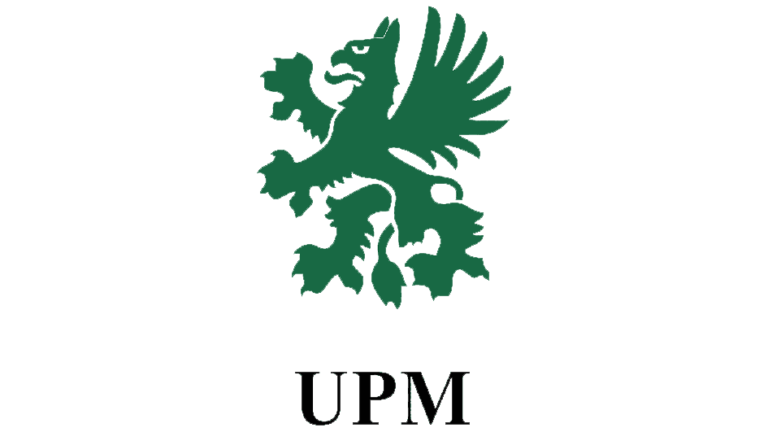
The best way to regularly receive exclusive insights and valuable information on digitalization in agriculture.
(Soon to be published 4 times a year)
The best way to regularly receive exclusive insights and valuable information on digitalization in agriculture.
(Soon to be published 4 times a year)